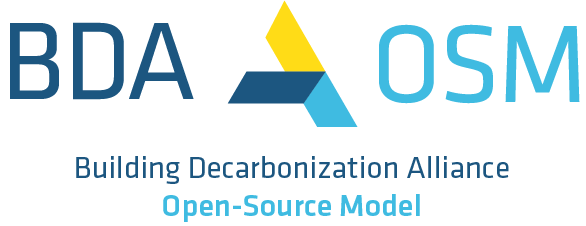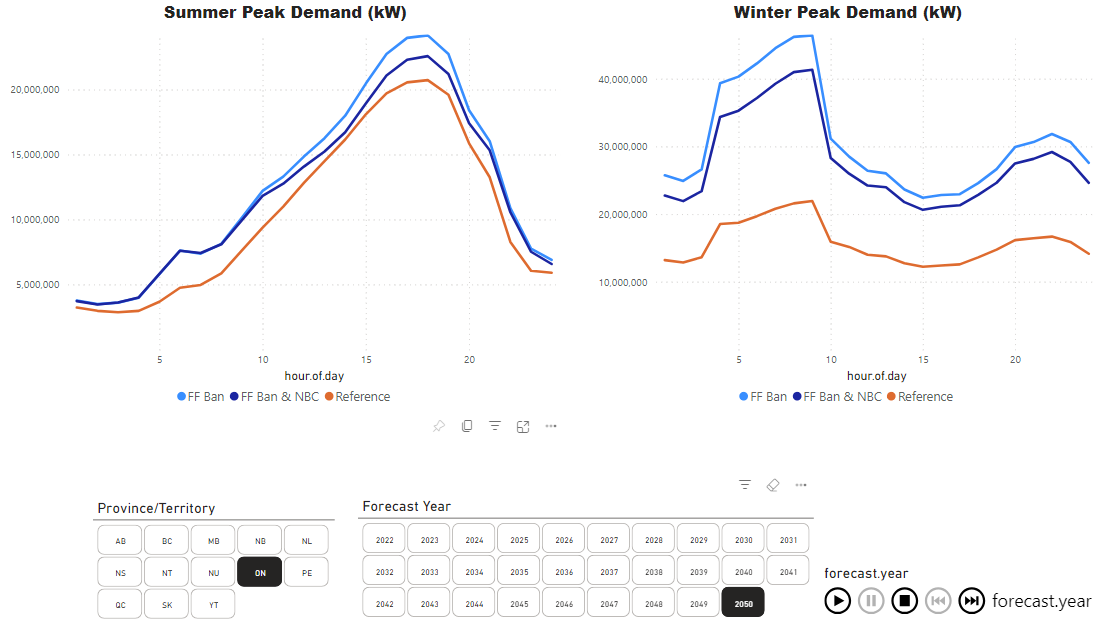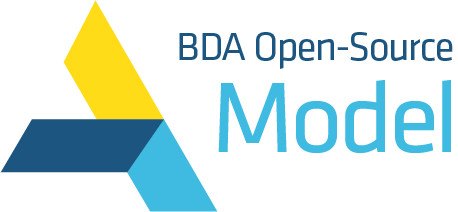The Building Decarbonization Alliance Open-Source Model


In response to the urgent need for sustainable transformation in Canada’s building sector, the Building Decarbonization Alliance (BDA), powered by the Transition Accelerator, introduces the Building Decarbonization Alliance Open-Source Model (BDA-OSM). This initiative emerges at a critical time when Canadian buildings, responsible for 11% of national greenhouse gas emissions in 2020, require significant intervention to align with the ambitious goals of the 2030 Emission Reduction Plan.
The BDA-OSM is a pioneering tool designed to enable policymakers and industry leaders to make data-driven decisions. It provides detailed analyses and insights for effective policy formulation and implementation. By leveraging this model, the BDA seeks to ensure that Canada’s building sector is not only in step with emission reduction targets but also leads the way in global sustainability and energy efficiency.

Designed for policymakers, the BDA-OSM evaluates the effects of various building decarbonization strategies across Canada’s diverse regions. It encompasses residential, multi-residential, and commercial buildings nationwide. The model provides detailed results at national and provincial levels, with its scope and granularity set to expand over time.
As an end-use stock turnover model, the BDA-OSM initially concentrates on space heating, cooling, and water heating. It allows users to tailor policy scenarios and assess impacts on equipment count, energy use, peak load, emission reduction, and cost. Calculations are based on aggregated energy end-uses for each building archetype and region throughout Canada, compiled at a provincial level and then summed up nationally. Projections range from 2024 to 2050, with an hourly breakdown for building load profiles. These results can be visualized using the IDEA platform.

To begin using the Building Decarbonization Alliance Open-Source Model (BDA-OSM), simply visit its GitLab repository. Here, you can dive straight into its various features and start exploring its capabilities.
Should you need further information or have questions about navigating and using the BDA-OSM, please reach out to our team at [email protected]. We are available to assist you and offer any extra insights or clarifications to help you maximize the benefits of this tool.